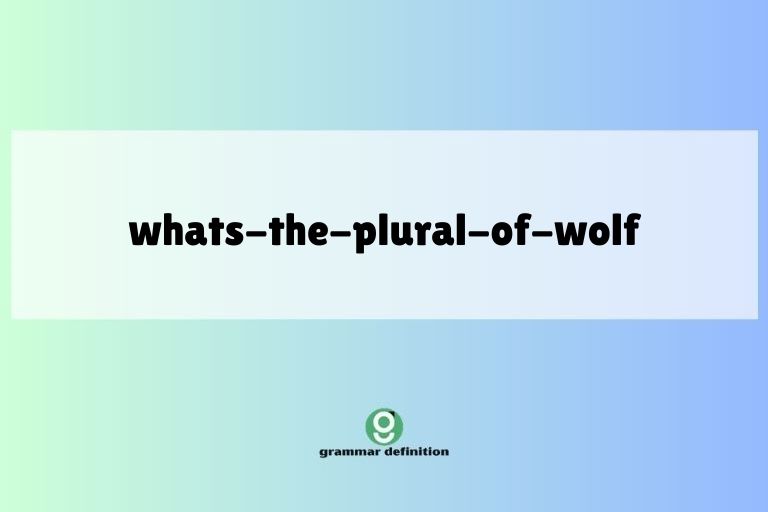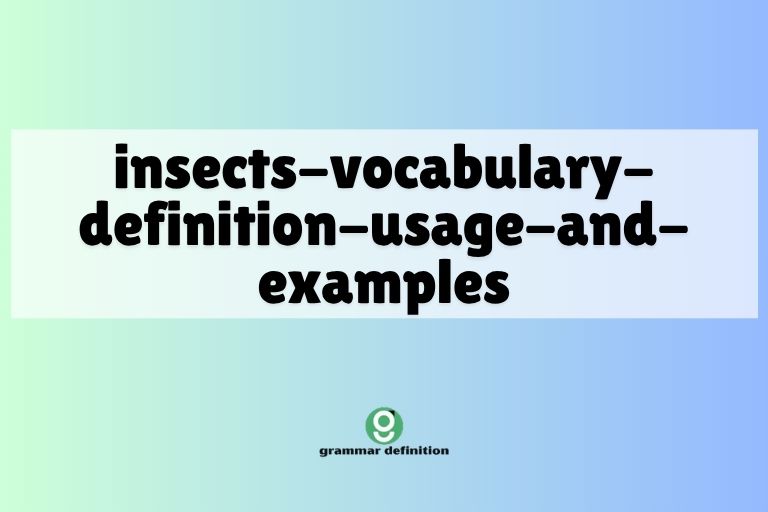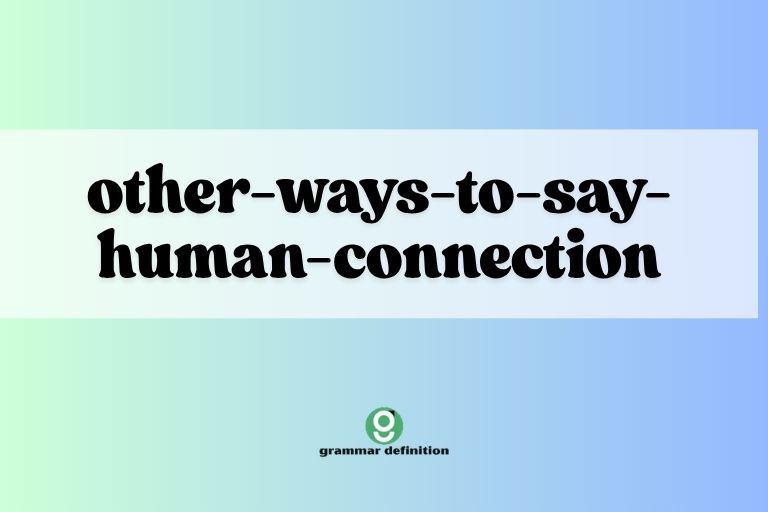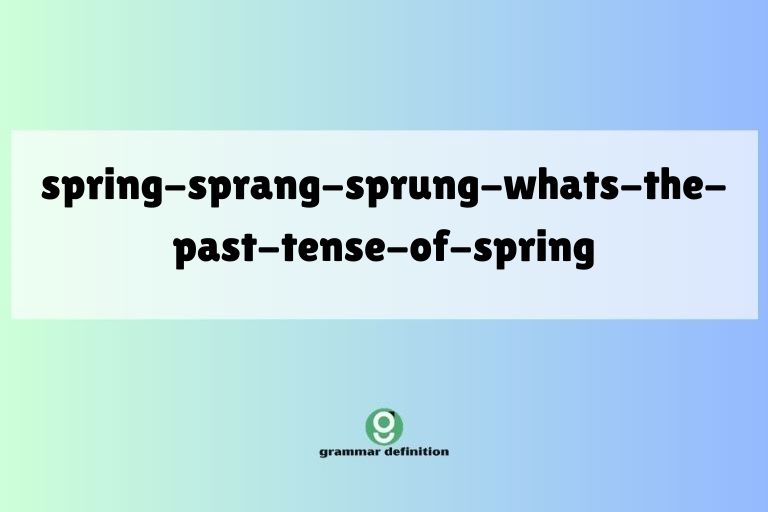Unleashing the Pack: Mastering the Plural of “Wolf”

Understanding how to form the plural of nouns is a fundamental aspect of English grammar. While most nouns simply add an “-s” to become plural, some words, like “wolf,” follow different rules.
Mastering these exceptions is crucial for clear and accurate communication. This article will delve into the intricacies of forming the plural of “wolf,” exploring the rules, exceptions, and common mistakes.
Whether you’re a student, a writer, or simply someone who wants to improve their English skills, this guide will provide you with the knowledge and practice you need to confidently use the word “wolves.”
This comprehensive guide is designed for English language learners of all levels, from beginners to advanced speakers. By understanding the specific rules for irregular plurals, you can enhance your writing and speaking skills, ensuring grammatical accuracy and clarity in your communication.
Table of Contents
- Introduction
- Definition of “Wolf” and Pluralization
- Structural Breakdown: The “-f” to “-ves” Rule
- Nouns Ending in “-f” and “-fe”: A Broader Look
- Examples of “Wolf” and “Wolves” in Sentences
- Usage Rules: When to Use “Wolf” vs. “Wolves”
- Common Mistakes to Avoid
- Practice Exercises
- Advanced Topics: Figurative Language and Idioms
- Frequently Asked Questions
- Conclusion
Definition of “Wolf” and Pluralization
A wolf (singular) is a wild carnivorous mammal of the canine family, typically living and hunting in packs. The term can also refer to someone who is predatory or aggressive. Understanding the plural form, wolves, is essential for accurate communication when referring to more than one of these animals or instances of the metaphorical meaning.
Pluralization in English is the process of forming the plural of a noun, usually by adding a suffix. Most nouns follow the regular pattern of adding “-s” or “-es.” However, some nouns, often those of Old English origin, have irregular plural forms.
“Wolf” falls into this category due to its historical linguistic roots.
The correct plural of “wolf” is wolves. This change involves replacing the “-f” with “-ves.” This pattern is common among certain nouns ending in “-f” or “-fe” in the singular form.
Structural Breakdown: The “-f” to “-ves” Rule
The change from “-f” to “-ves” in the plural is a relic of Old English grammar. In Old English, many nouns ending in “-f” had plurals formed with a “-ves” ending.
While the English language has evolved, some of these irregular forms have persisted, including “wolf” becoming “wolves.”
This rule is not universally applied to all nouns ending in “-f.” Some nouns simply add “-s” to form the plural. Understanding which nouns follow this pattern requires memorization and familiarity with common exceptions.
Here’s a table illustrating the structural change:
| Singular Noun | Plural Noun | Rule Applied |
|---|---|---|
| Wolf | Wolves | -f changes to -ves |
The substitution of “-f” with “-ves” is a morphophonological change, meaning that the pronunciation also shifts slightly. The “f” sound becomes a “v” sound in the plural form.
Nouns Ending in “-f” and “-fe”: A Broader Look
Not all nouns ending in “-f” or “-fe” follow the “-f” to “-ves” rule. Some simply add “-s” to form the plural.
Here, we’ll explore some common patterns.
Nouns that change “-f” to “-ves”
These nouns typically include words that were common in Old English. Understanding this pattern helps in predicting the plural form of similar words.
- Leaf – Leaves
- Loaf – Loaves
- Shelf – Shelves
- Knife – Knives
- Life – Lives
- Wife – Wives
- Thief – Thieves
Nouns that add “-s”
Many nouns ending in “-f” or “-fe” simply add “-s” to form the plural. These are often more recent additions to the English language or have specific origins that don’t follow the Old English pattern.
- Cliff – Cliffs
- Chief – Chiefs
- Roof – Roofs
- Safe – Safes
- Proof – Proofs
- Grief – Griefs
- Dwarf – Dwarfs (or sometimes Dwarves, especially in fantasy contexts)
- Handkerchief – Handkerchiefs
Nouns with Variable Plurals
Some nouns can take either the “-ves” or “-s” plural form, though one form is often more common or preferred.
- Scarf – Scarves or Scarfs
- Wharf – Wharves or Wharfs
- Hoof – Hooves or Hoofs
Here’s a table summarizing these patterns:
| Category | Singular Noun | Plural Noun |
|---|---|---|
| -f to -ves | Leaf | Leaves |
| Add -s | Cliff | Cliffs |
| Variable | Scarf | Scarves/Scarfs |
Understanding these categories and the exceptions within them requires exposure and practice. Pay attention to how these words are used in context to reinforce your understanding.
Examples of “Wolf” and “Wolves” in Sentences
To fully grasp the usage of “wolf” and “wolves,” it’s essential to see them in context. Here are various examples illustrating their use in different scenarios.
Examples of “Wolf” (Singular)
The singular form “wolf” is used when referring to one animal or one instance of the metaphorical meaning.
| Sentence | Context |
|---|---|
| The wolf howled at the moon. | Describing a single animal |
| A lone wolf roamed through the forest. | Describing a solitary animal |
| He is a wolf in sheep’s clothing. | Metaphorical use |
| The hunter spotted a wolf near the river. | Describing an animal in a specific location |
| The wolf’s howl echoed through the valley. | Possessive singular |
| The story is about a brave girl and a big bad wolf. | Referring to a character in a story |
| That company is acting like a predatory wolf in the market. | Metaphorical use in business |
| The little dog thinks he is a wolf. | Comparing a small dog to a wolf |
| The wolf is a symbol of wilderness. | Symbolic representation |
| We saw a wolf on our hike yesterday. | Describing a sighting |
| He tried to disguise himself, but he was still a wolf at heart. | Metaphorical use |
| Only one wolf remained after the hunt. | Describing the number of wolves |
| The wolf looked menacing. | Describing the appearance of a wolf |
| The wolf suddenly appeared from behind the trees. | Describing a sudden appearance |
| The grey wolf is native to North America. | Describing a specific type of wolf |
| The wolf stalked its prey. | Describing the wolf’s hunting behavior |
| The wolf protected its territory fiercely. | Describing protective behavior |
| The wolf cub was adorable. | Describing a baby wolf |
| The wolf is an apex predator. | Ecological role |
| The wolf is a majestic creature. | Expressing admiration |
| She felt like a wolf among sheep in the meeting. | Metaphorical use in social context |
| The wolf is a powerful symbol in many cultures. | Cultural significance |
| The wolf is known for its intelligence. | Describing the wolf’s intelligence |
| The wolf has a keen sense of smell. | Describing the wolf’s senses |
| A wolf can run at speeds of up to 35 miles per hour. | Describing the wolf’s speed |
Examples of “Wolves” (Plural)
The plural form “wolves” is used when referring to more than one wolf.
| Sentence | Context |
|---|---|
| The wolves howled at the moon. | Describing multiple animals |
| A pack of wolves roamed through the forest. | Describing a group of animals |
| The villagers feared the wolves in the mountains. | Describing a potential threat |
| The hunters tracked the wolves for days. | Describing a hunting expedition |
| The wolves’ howls echoed through the valley. | Possessive plural |
| The children were warned about the wolves in the woods. | Warning about dangerous animals |
| Those companies are acting like predatory wolves in the market. | Metaphorical use in business |
| Wolves are known to hunt in packs. | Describing typical behavior |
| The wolves were reintroduced to the national park. | Describing conservation efforts |
| We saw several wolves on our trip to Yellowstone. | Describing a sighting of multiple animals |
| The wolves circled their prey. | Describing hunting behavior |
| Only three wolves survived the harsh winter. | Describing survival |
| The wolves looked menacing as they approached. | Describing appearance |
| The wolves suddenly appeared from behind the trees. | Describing a sudden appearance |
| The grey wolves are native to North America. | Describing a specific type of wolf |
| The wolves stalked their prey through the snow. | Describing hunting behavior |
| The wolves fiercely protected their territory. | Describing protective behavior |
| The wolves cubs were playing near the den. | Describing baby wolves |
| Wolves are apex predators in their ecosystems. | Ecological role |
| She felt like one of the wolves in the competitive environment. | Metaphorical use in social context |
| Wolves are a powerful symbol in many cultures. | Cultural significance |
| Wolves are known for their complex social structures. | Describing social behavior |
| Wolves have a keen sense of smell and hearing. | Describing the wolf’s senses |
| Wolves can run at speeds of up to 35 miles per hour. | Describing the wolf’s speed |
| The wolves are essential for maintaining the ecological balance. | Importance of wolves in the ecosystem |
Examples of Possessive Forms: “Wolf’s” and “Wolves'”
The possessive forms are used to show ownership or belonging. “Wolf’s” is the singular possessive, and “wolves'” is the plural possessive.
| Sentence | Context |
|---|---|
| The wolf’s howl echoed in the night. | Singular possessive |
| The wolves’ territory was vast. | Plural possessive |
| The wolf’s den was hidden deep in the forest. | Singular possessive |
| The wolves’ hunting strategy was highly effective. | Plural possessive |
| The wolf’s eyes gleamed in the darkness. | Singular possessive |
| The wolves’ survival depends on their pack. | Plural possessive |
| We studied the wolf’s behavior. | Singular possessive |
| The researchers analyzed the wolves’ migration patterns. | Plural possessive |
| The wolf’s tracks were easy to follow in the snow. | Singular possessive |
| The wolves’ howls communicated their location. | Plural possessive |
These examples demonstrate how the context dictates whether to use the singular or plural form of “wolf.” Pay close attention to the number of animals being referred to and whether you are showing possession.
Usage Rules: When to Use “Wolf” vs. “Wolves”
The primary rule is simple: use “wolf” when referring to one animal and “wolves” when referring to more than one. However, there are nuances to consider.
- Singular: Use “wolf” when referring to a single animal or a single instance of the metaphorical meaning.
- Plural: Use “wolves” when referring to two or more animals.
- Possessive Singular: Use “wolf’s” to show possession by a single wolf (e.g., “the wolf’s den”).
- Possessive Plural: Use “wolves'” to show possession by multiple wolves (e.g., “the wolves’ territory”).
Here’s a table summarizing these rules:
| Form | Usage | Example |
|---|---|---|
| Singular | Referring to one wolf | A wolf howled. |
| Plural | Referring to more than one wolf | The wolves howled. |
| Possessive Singular | Possession by one wolf | The wolf’s howl. |
| Possessive Plural | Possession by multiple wolves | The wolves’ territory. |
Context is key. Always consider what you are trying to communicate and whether you are referring to a single animal or a group.
Common Mistakes to Avoid
One of the most common mistakes is using “wolfs” as the plural form. This is incorrect.
The correct plural is “wolves.”
Another mistake is misusing the possessive forms. Remember that “wolf’s” is singular possessive, and “wolves'” is plural possessive.
Here are some examples of common mistakes and their corrections:
| Incorrect | Correct | Explanation |
|---|---|---|
| I saw two wolfs in the forest. | I saw two wolves in the forest. | “Wolfs” is not the correct plural form. |
| The wolfs’ howl was loud. | The wolves’ howl was loud. | “Wolfs'” is not the correct plural possessive form. |
| The wolves’s den was hidden. | The wolves’ den was hidden. | The apostrophe should come after the “s” in the plural possessive. |
| A pack of wolf roamed the plains. | A pack of wolves roamed the plains. | A pack consists of more than one wolf, so use the plural form. |
By being aware of these common mistakes, you can avoid them in your own writing and speaking.
Practice Exercises
Test your understanding with these practice exercises. Fill in the blanks with the correct form of “wolf.”
Exercise 1: Singular vs. Plural
| Question | Answer |
|---|---|
| 1. A lone _______ howled at the moon. | wolf |
| 2. The pack of _______ hunted together. | wolves |
| 3. I saw a _______ near the river. | wolf |
| 4. The _______ circled their prey. | wolves |
| 5. Only one _______ survived the winter. | wolf |
| 6. Several _______ were spotted in the area. | wolves |
| 7. The _______ is a symbol of the wild. | wolf |
| 8. The _______ were reintroduced to the park. | wolves |
| 9. Each _______ has its own unique howl. | wolf |
| 10. We could hear the _______ in the distance. | wolves |
Exercise 2: Possessive Forms
| Question | Answer |
|---|---|
| 1. The _______ howl echoed through the forest. (singular) | wolf’s |
| 2. The _______ territory was vast. (plural) | wolves’ |
| 3. The _______ den was hidden deep in the woods. (singular) | wolf’s |
| 4. The _______ hunting strategy was effective. (plural) | wolves’ |
| 5. The _______ eyes gleamed in the dark. (singular) | wolf’s |
| 6. The _______ survival depends on the pack. (plural) | wolves’ |
| 7. We studied the _______ behavior. (singular) | wolf’s |
| 8. The researchers analyzed the _______ migration patterns. (plural) | wolves’ |
| 9. The _______ tracks were easy to follow. (singular) | wolf’s |
| 10. The _______ howls communicated their location. (plural) | wolves’ |
Exercise 3: Error Correction
| Question | Answer |
|---|---|
| 1. I saw three wolfs running through the field. | I saw three wolves running through the field. |
| 2. The wolfs howl was haunting. | The wolf’s howl was haunting. |
| 3. The wolves’s den was well-hidden. | The wolves’ den was well-hidden. |
| 4. A pack of wolf are dangerous. | A pack of wolves is dangerous. |
| 5. The wolfs’ territory is protected. | The wolves’ territory is protected. |
| 6. There was only one wolfs left. | There was only one wolf left. |
| 7. The wolfs eyes were piercing. | The wolf’s eyes were piercing. |
| 8. The wolves’s howls echoed through the valley. | The wolves’ howls echoed through the valley. |
| 9. The wolfs track was fresh. | The wolf’s track was fresh. |
| 10. They studied the wolfs behavior. | They studied the wolf’s behavior. |
These exercises will help you solidify your understanding of the correct usage of “wolf” and “wolves” in various contexts.
Advanced Topics: Figurative Language and Idioms
Beyond the basic grammar, “wolf” appears in various idioms and figurative expressions, adding depth to the language.
- A wolf in sheep’s clothing: Someone who appears harmless but is actually dangerous.
- Keep the wolf from the door: To have enough money to prevent starvation or ruin.
- Cry wolf: To give a false alarm.
- Lone wolf: Someone who prefers to be alone and independent.
Here are some examples of these idioms in use:
| Idiom | Meaning | Example |
|---|---|---|
| A wolf in sheep’s clothing | Someone who appears harmless but is dangerous | He seemed friendly, but he turned out to be a wolf in sheep’s clothing. |
| Keep the wolf from the door | To have enough money to avoid ruin | They worked hard to keep the wolf from the door. |
| Cry wolf | To give a false alarm | If you cry wolf too often, people won’t believe you when there’s a real emergency. |
| Lone wolf | Someone who prefers to be alone | She’s a lone wolf and prefers to work independently. |
Understanding these idioms can enrich your comprehension and expression in English.
Frequently Asked Questions
- Why is the plural of “wolf” “wolves” and not “wolfs”?
The change from “-f” to “-ves” is a relic of Old English grammar. Many nouns ending in “-f” in Old English had plurals formed with a “-ves” ending. While the language has evolved, some of these irregular forms have persisted.
- Are there any other nouns that follow the same rule as “wolf”?
Yes, several other nouns ending in “-f” or “-fe” follow this pattern, such as “leaf” (leaves), “knife” (knives), “wife” (wives), and “life” (lives).
- Is it ever correct to say “wolfs”?
No, “wolfs” is never the correct plural form of “wolf.” The correct plural is always “wolves.” However, “wolf’s” is the correct singular possessive form.
- How do I know which nouns ending in “-f” or “-fe” change to “-ves” in the plural?
Unfortunately, there’s no easy rule to determine this. It often comes down to memorization and familiarity with common exceptions. Pay attention to how these words are used in context and consult a dictionary when unsure.
- What is the difference between “wolf’s” and “wolves'”?
“Wolf’s” is the singular possessive form, indicating possession by a single wolf (e.g., “the wolf’s howl”). “Wolves'” is the plural possessive form, indicating possession by multiple wolves (e.g., “the wolves’ territory”).
- Can “wolf” be used as a verb?
Yes, “wolf” can be used as a verb, meaning to eat something quickly and greedily. For example, “He wolfed down his dinner.”
- What does it mean to “cry wolf?”
To “cry wolf” means to raise a false alarm, often repeatedly, so that people stop believing you even when there is a real danger. This idiom originates from Aesop’s fable “The Boy Who Cried Wolf.”
- Is there a difference between “wharfs” and “wharves”?
Both “wharfs” and “wharves” are acceptable plural forms of “wharf,” but “wharves” is generally considered the more traditional and formal plural. “Wharfs” is more commonly used in modern, informal contexts.
Conclusion
Mastering the plural form of “wolf,” along with its associated rules and exceptions, is a significant step towards achieving fluency in English. Understanding the “-f” to “-ves” rule, recognizing common mistakes, and practicing with examples will empower you to use “wolf” and “wolves” correctly in various contexts.
Remember to pay attention to the context, practice regularly, and consult resources when unsure.
By understanding these linguistic nuances, you not only improve your grammatical accuracy but also gain a deeper appreciation for the richness and complexity of the English language. Keep practicing, keep exploring, and continue to expand your linguistic horizons.






